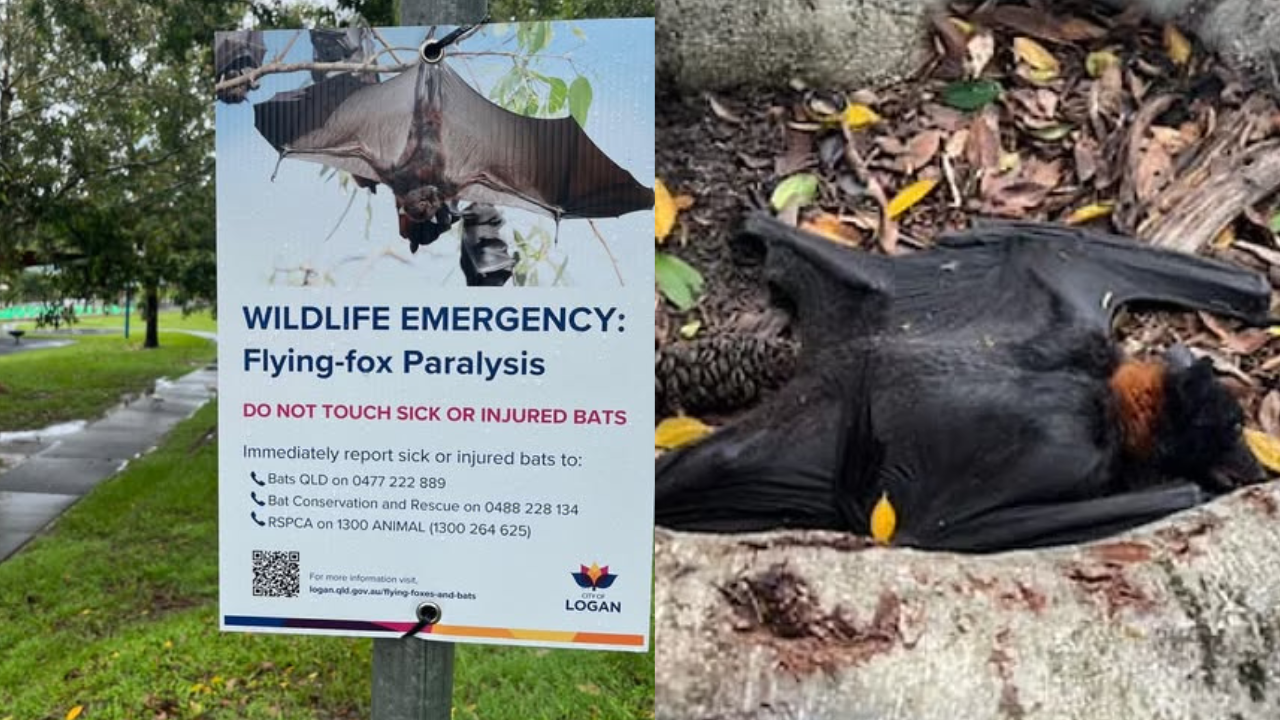How Australia changed the 4WD that’s influenced designs across the world

- by Admin
- June 29, 2024
Long before four-wheel drives became ubiquitous — in the country and city — the Land Rover blazed a trail that other makes would follow.
The rugged all-terrain vehicles first arrived in 1948 with perfect timing.
The Snowy Mountains Hydro Electric Scheme, the largest public engineering works in the nation’s history, had just begun.
A fleet was soon ferrying workers and supplies around the snow-clad Australian Alps.
“The Snowy at that stage, the roads were in many cases just tracks, come winter you would need a four-wheel-drive,” Land Rover owner Peter Brett said.
Featured prominently in newsreels of the day, they quickly found a place in the cultural landscape as well.
Loading…
“A lot of us were hikers and cross-country skiers, but the Land Rover enabled you to take your family into these places,” Mr Brett said.
“You could have some of the comforts of home and get in and out in a weekend.”
Beginning of the weekender
It opened up a new world of adventures for outdoor types.
“They were the first of the really family outing vehicle,” Justin Burney, from the Land Rover Club of Victoria, said.
Loading…
The car took its inspiration from the American Army Jeep, which excelled in some of the toughest terrain on countless battlefields in World War II.
The Rover Car Company chief engineer devised and built a British equivalent in 1947.
Australians quickly realised the vehicle’s capabilities and usefulness.
Bridget Larkin owns a 75-year-old vehicle, an early model known as a Series One, which she restored to its original condition.
“I certainly know that the early surveyors who build roads — they were tracks — across the middle of Australia … were in Land Rovers,” Ms Larkin said.
The Queen and Duke of Edinburgh paraded in one when they visited Australia or any other country of the Commonwealth.
The early models had aluminium bodies because post-war Britain had a dire shortage of iron and a surplus of aluminium used for making fighter planes.
“It’s a vehicle that doesn’t have any electronics, in the earlier ones, so they were very fixable on the track or in the bush,” owner Phil Townsend said.
Loading…
“The average Joe Blow could get them going again. Pretty agricultural, but very reliable.”
An Aussie touch
Australian owners and enthusiasts were also pivotal in the vehicle’s evolution and improvement.
The Land Rover Club of Victoria, founded in 1963, is believed to be Australia’s oldest four-wheel-drive club.
Peter Brett, a club member since 1969, said he had spent countless weekends pulling apart and re-assembling vehicles.
“Some of our members tended to hobknob with Land Rover’s engineers in Australia who were pretty receptive most of the time to suggestions,” Mr Brett said.
“One of our members indeed had removed a complete rear axle assembly and replaced it with an assembly from a light truck.”
The company adopted the improvement, solving the problem of eternally breaking axles, which the early models were known for.
The early models have remained the most popular with most of the Club’s 650 members who undertake monthly outings, travelling in convoy, to remote places all over Australia.
“I’ve always loved them. Classic shape, classic car, never changed,” Ms Larkin said.
“None of my close circle of friends are interested in cars at all and it is an old car, and whenever I go into rugged country I’m always a bit nervous about breaking down.
“I like the support of principally the fellows in this club who with a piece of wire and a pliers can pretty much fix anything.”
Building community
Club members said they enjoyed the camaraderie and endless talk about the cars around the campfire just as much as they did driving them in the outdoors.
The manufacture of the long familiar, square-shaped vehicle ended in 2016.
For most in the Land Rover Club of Victoria the newer versions held less appeal.
“The more modern looking SUV highway type is the one that dominates these days,” Mr Burney said.
“They’re a very capable vehicle, but they’re a little too plastic for many of us in the club.”
About 500 vehicles and their owners amassed in Cooma last year to mark Land Rover’s 75th anniversary in Australia.
When the car first arrived in Australia a four-wheel drive was a rarity and a novelty.
For the past four years, 46 per cent of new cars sold in Australia were four-wheel drives, according to the Federal Chamber of Automotive Industries.
Alongside them the early Land Rovers appear primitive and devoid of creature comforts.
But Ms Larkin said her old vehicle brought her much joy.
“I think they are classic cars,” she said.
“Maybe only we, the club, love them, but it makes me happy when I meet one on the road.
“The camaraderie amongst early Land Rover drivers worldwide is amazing.”
The Latest News
-
December 27, 2024‘The champ’s back’: Seven-year first sees Smith join legends amid Nadal comparison
-
December 27, 2024Australian Flying Foxes And Lorikeets Mysteriously ‘Fall From The Sky’: Here’s Why
-
December 27, 2024‘Extremely lucky’: Waugh takes aim over Kohli sanction
-
December 27, 2024Moore Park advocates say consultancy fee nearing $1 million is a double-bogey – Australian Golf Digest
-
December 26, 2024Australia v India: fourth men’s cricket Test, day two – live




